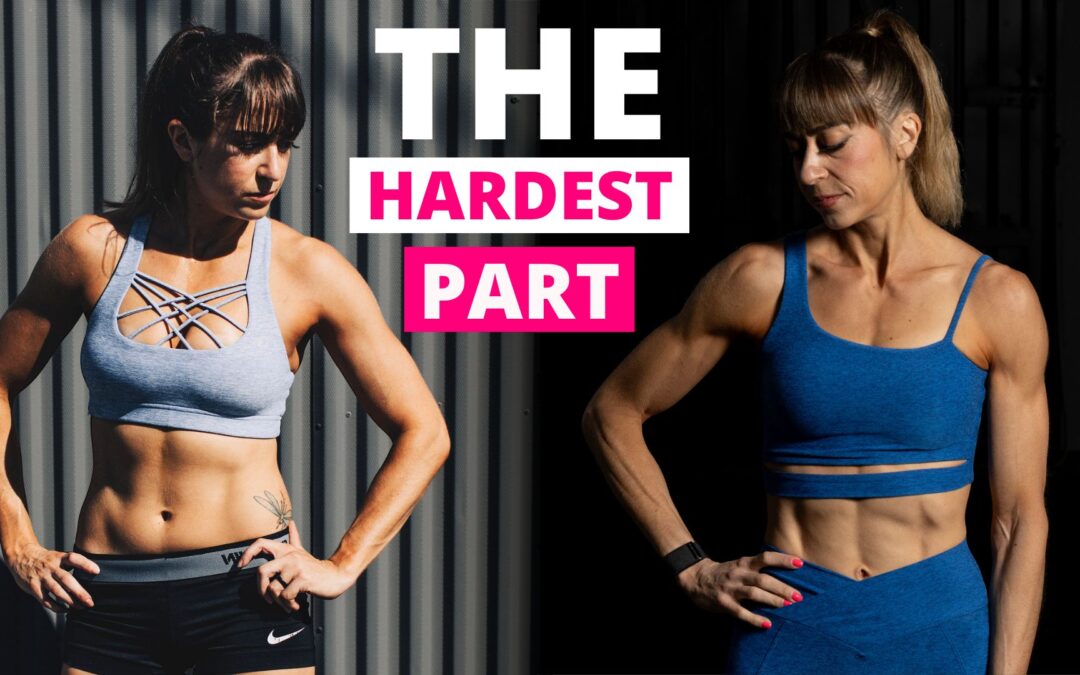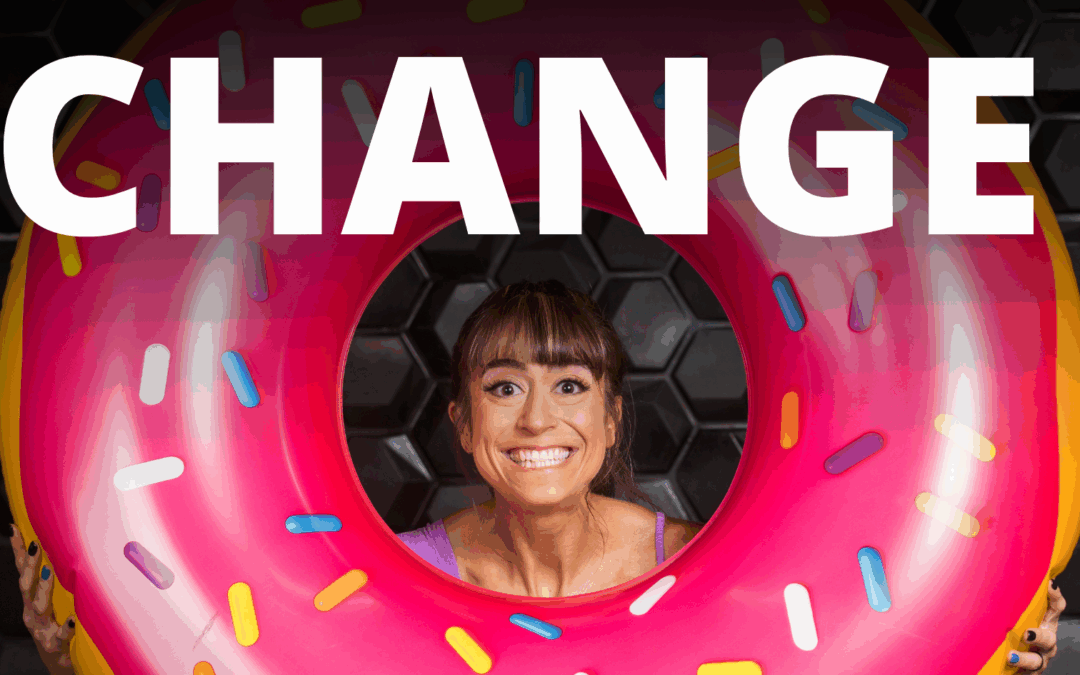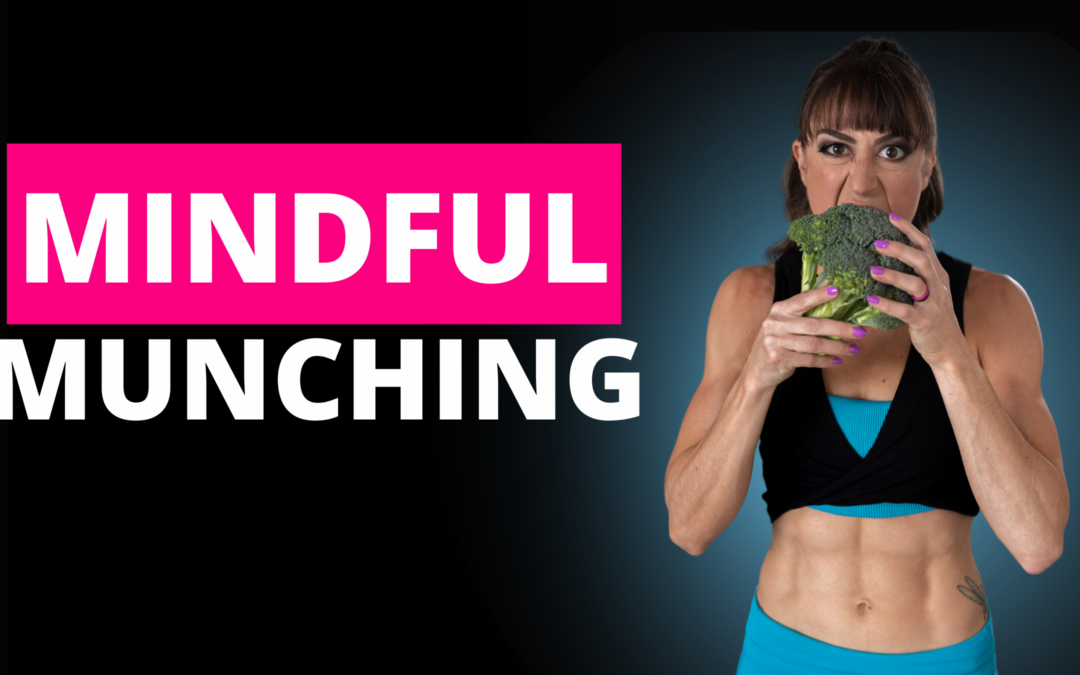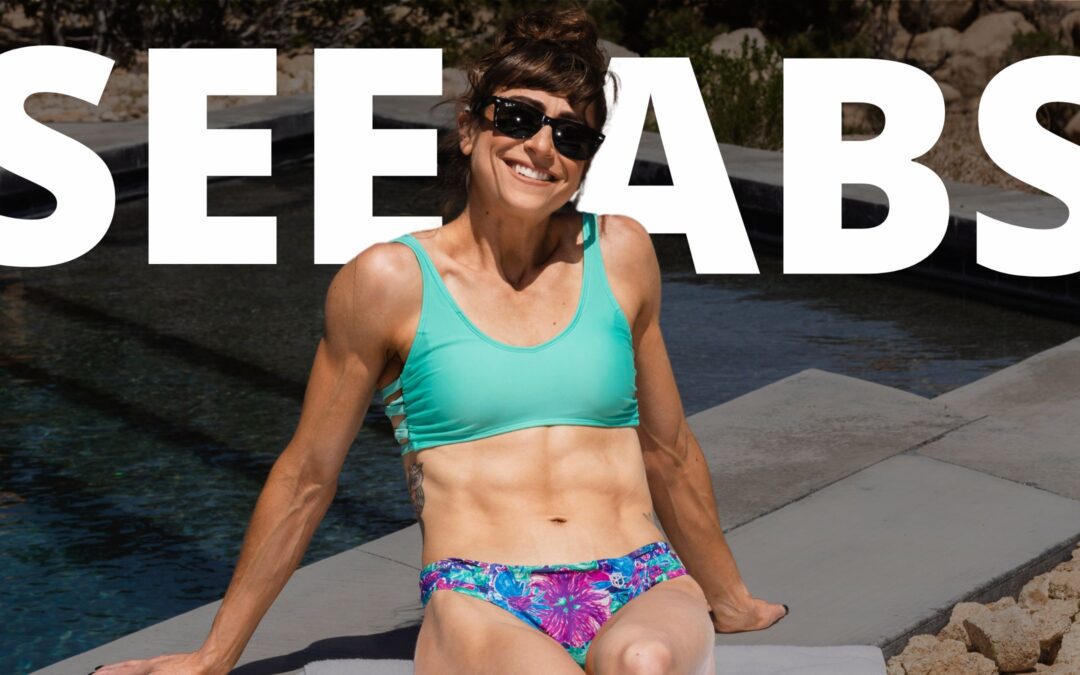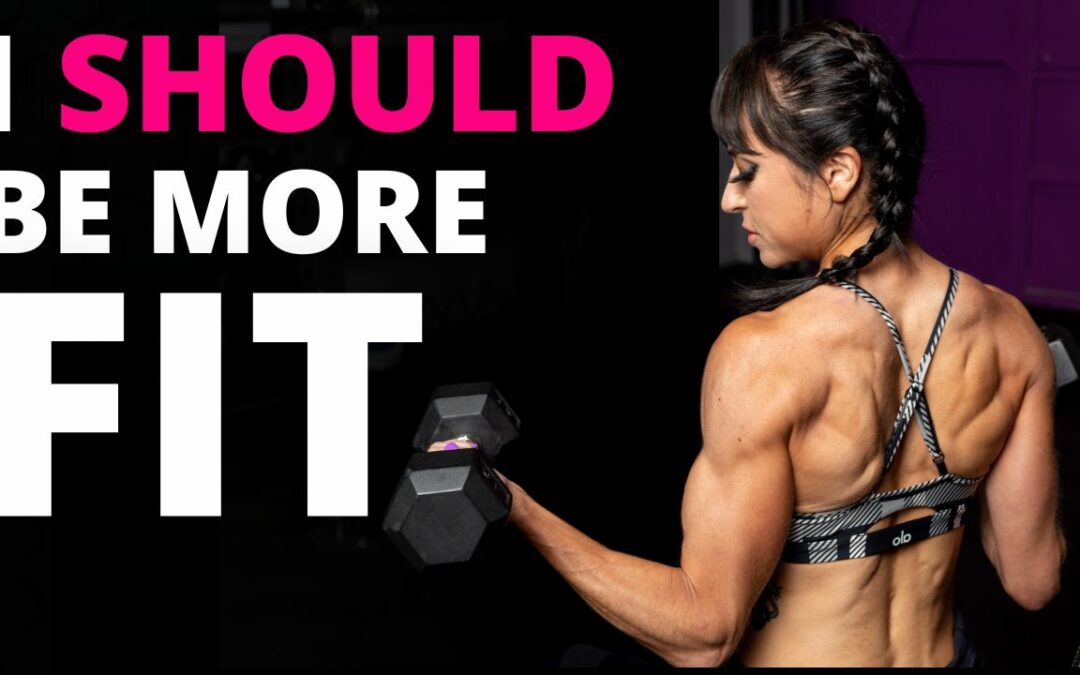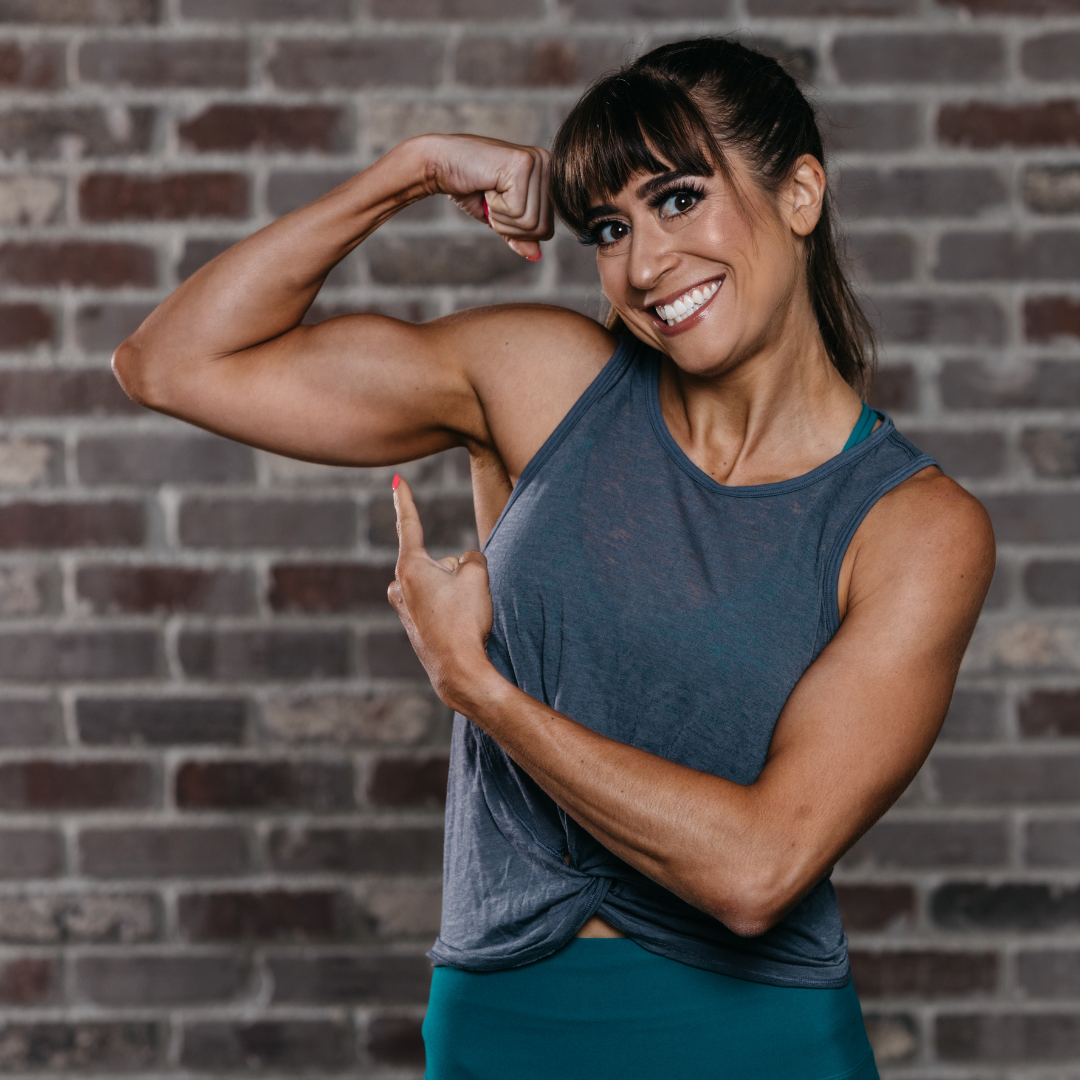
by Cori Lefkowith | Apr 20, 2025 | Blog, Diet, Workouts
“I’ve only got 5lbs to lose. That shouldn’t take that long. Maybe a month! It’s so little.” EH! WRONG. The cold hard truth about getting lean? The closer you get to your goal, the harder the process often gets. And the slower results happen. So what do we do when it...

by Cori Lefkowith | Apr 17, 2025 | podcast
Listen: Change Requires CHANGE If you’re feeling stuck and know deep down that you could be doing better, don’t wait any longer. Your life is not going to change until you take action and make a bold move towards your goals. If you’re ready to take control of your...

by Cori Lefkowith | Apr 10, 2025 | podcast
Listen: Change Requires CHANGE If you’re feeling stuck and know deep down that you could be doing better, don’t wait any longer. Your life is not going to change until you take action and make a bold move towards your goals. If you’re ready to take control of your...

by Cori Lefkowith | Mar 30, 2025 | Blog, Diet
So you want to see more ab definition… You want to achieve that elusive “six pack”… Well, here are 10 annoying nutrition tips to help you get there! But a word of warning to get abs, you can’t be concerned with sustainability. That comes later. This isn’t the...

by Cori Lefkowith | Mar 16, 2025 | Blog, Diet, Exercises, Mindset
SHOULD. That one word often sabotages the mindset changes we need to make and habit actions we need to take. “I “should” be further along.” Only makes us frustrated and feel broken and like a failure. It doesn’t help us learn or want to make more changes. “I “should”...
